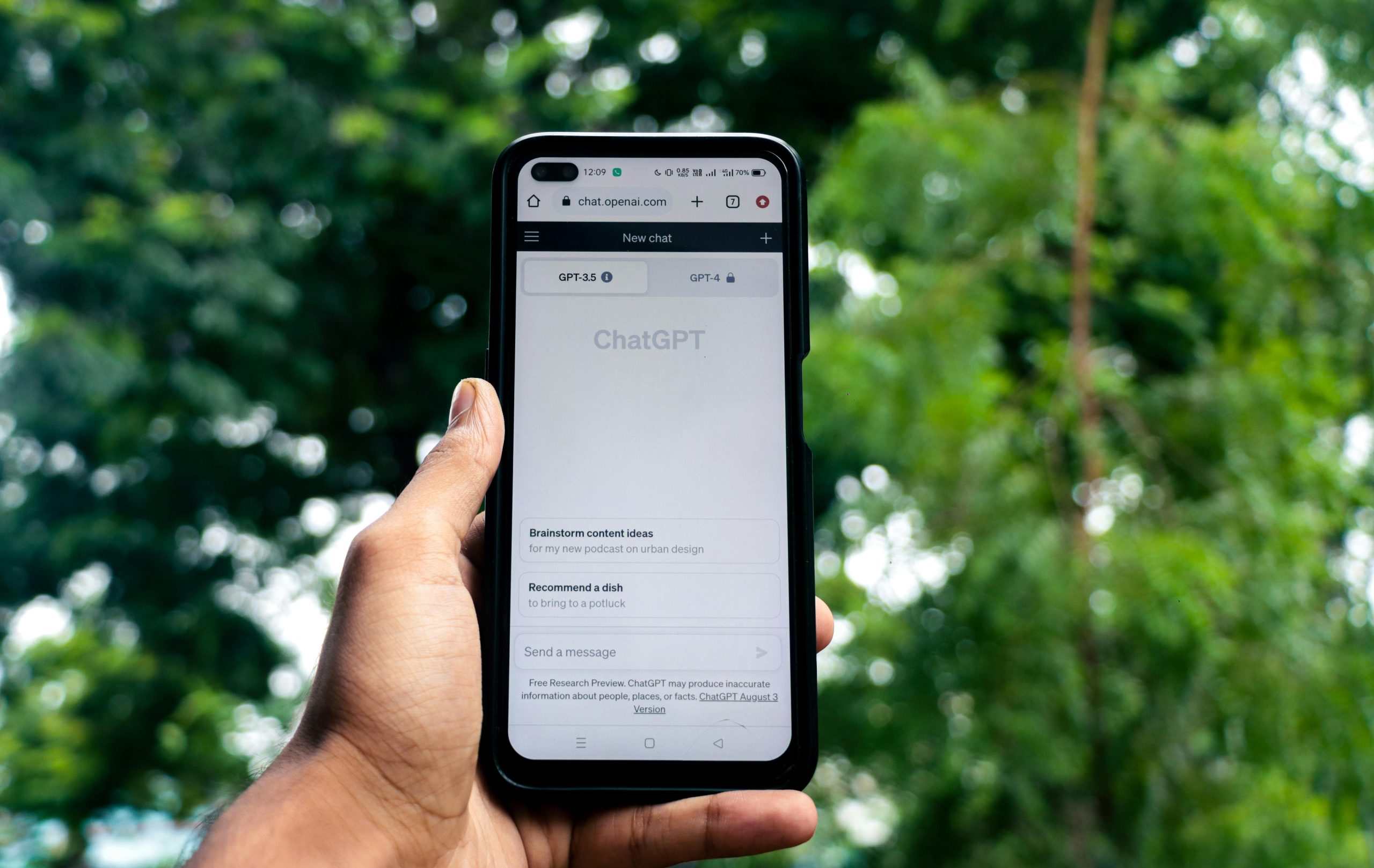Prompt Engineering is underrated—Here’s how I use it to build real AI projects
Unlocking the Power of Prompt Engineering: Transforming AI Interactions into Practical Projects
In recent months, I’ve dedicated significant effort to exploring Prompt Engineering, a discipline gaining recognition for its ability to leverage AI models like Google’s Gemini and OpenAI’s ChatGPT without extensive coding. This approach emphasizes crafting precise prompts to coax AI systems into delivering sophisticated outputs, opening doors to innovative applications across various domains.
Discoveries and Achievements in Prompt Engineering
Through deliberate prompt design, I’ve been able to develop a range of functional solutions including:
- Personal Expense Tracker: Generated complete Python scripts to automate financial management.
- Portfolio Optimization: Applied Modern Portfolio Theory concepts via AI-driven logic.
- SQL Query Generation: Translated vague business requirements into effective database queries.
- Data Visualization: Created insightful visualizations simply by describing datasets in natural language.
What’s particularly striking is how these accomplishments demonstrate the potential of prompt engineering to bypass traditional programming barriers, making complex tasks accessible even with minimal coding expertise.
Insights from AI Model Performance
While experimenting with Gemini and ChatGPT, I observed notable differences:
- Gemini delivers faster responses and responds well to straightforward, task-focused prompts.
- ChatGPT tends to excel in multi-step reasoning and debugging processes.
- The quality of prompts significantly influences the accuracy and usefulness of AI outputs—precision here is key.
Strategies for Effective Prompt Crafting
To consistently craft high-quality prompts, I follow a simple yet effective framework:
- Define Clear Objectives: State your goal explicitly.
- Provide Context: Include relevant domain details, target audience, and desired output format.
- Encourage Step-by-Step Reasoning: Especially for complex tasks, ask the AI to break down the problem.
- Iterate and Refine: Slight adjustments in wording can lead to improved results, so don’t hesitate to experiment.
Engagement and Collaboration
I am curious—what prompts or techniques do you rely on when working with AI? If there’s interest, I’d love to collaborate on creating a shared Prompt Engineering Cheat Sheet. This could be a valuable resource for developers, data scientists, and AI enthusiasts aiming to harness the full potential of prompt-based AI tools.
Let’s build a community-driven collection of best practices! Share your tips below.
*By mastering prompt engineering, we unlock new capabilities in AI development














Post Comment